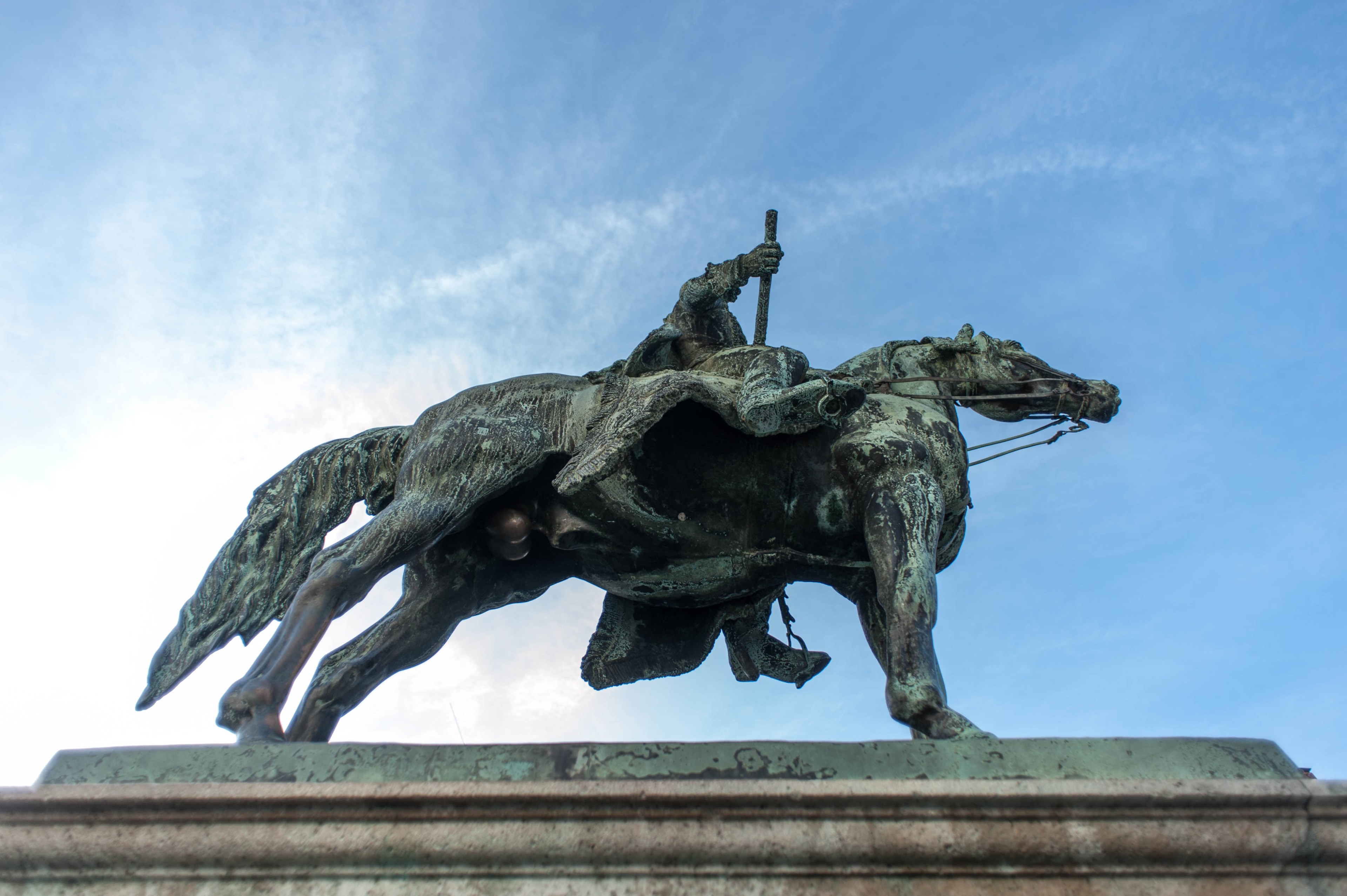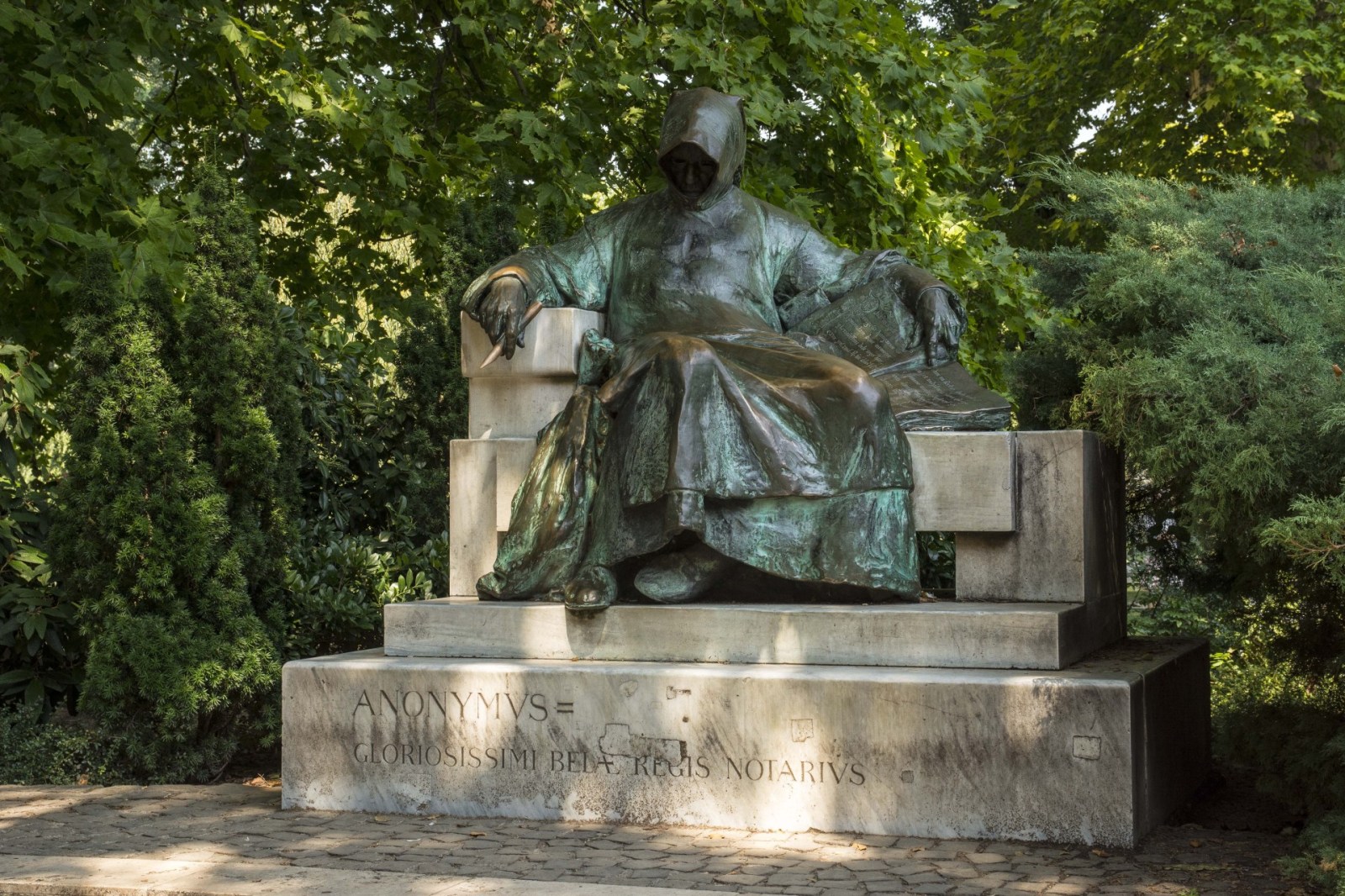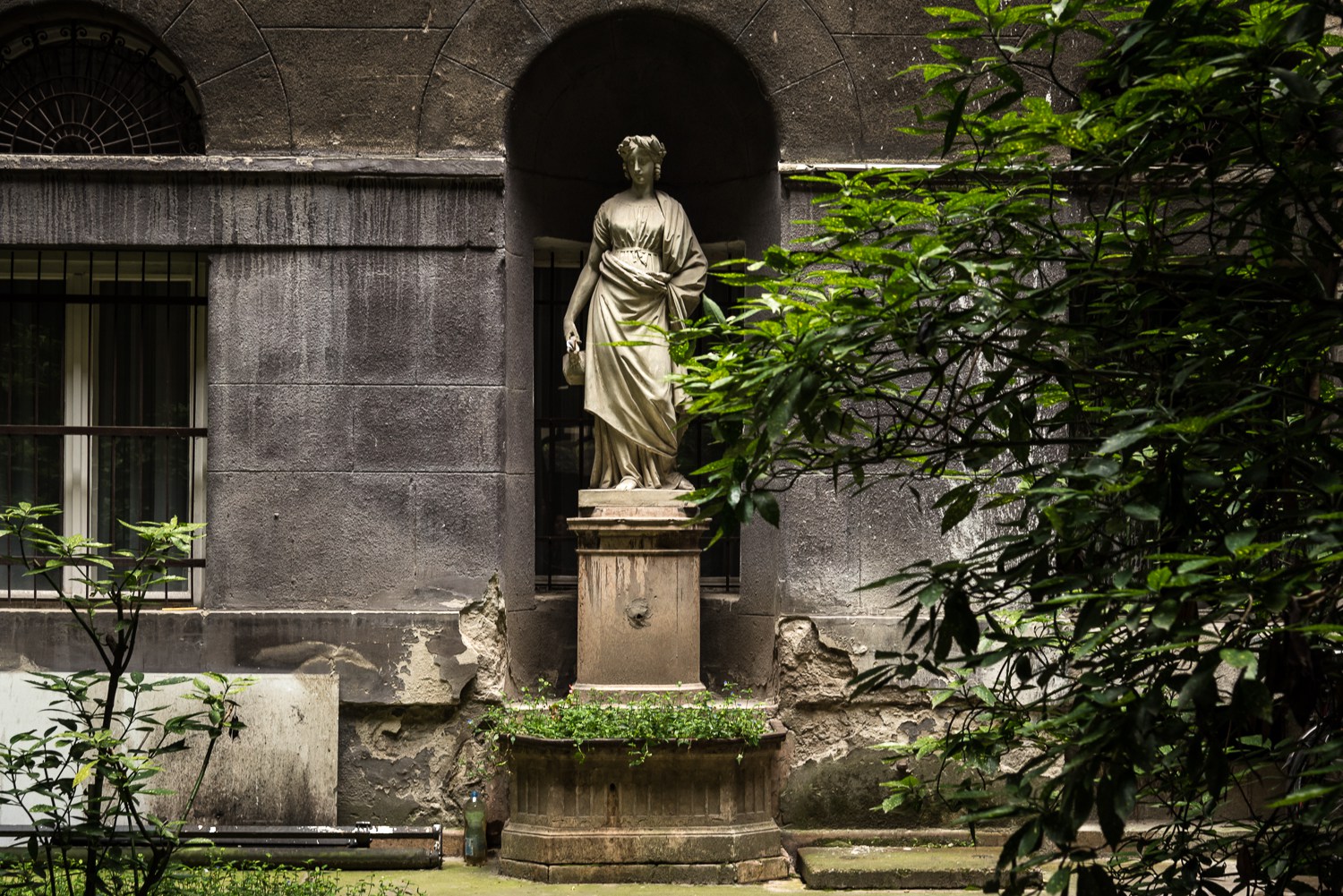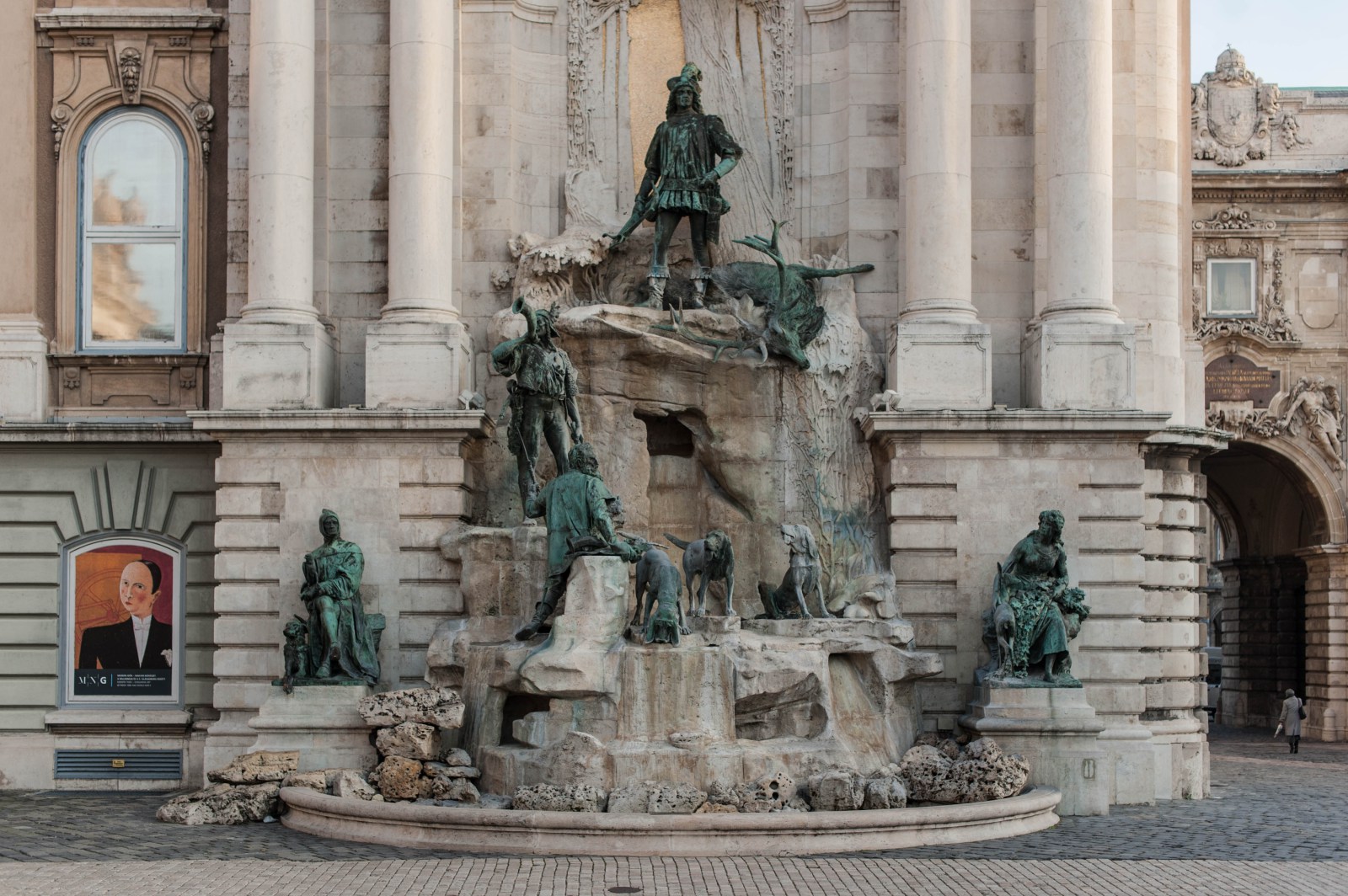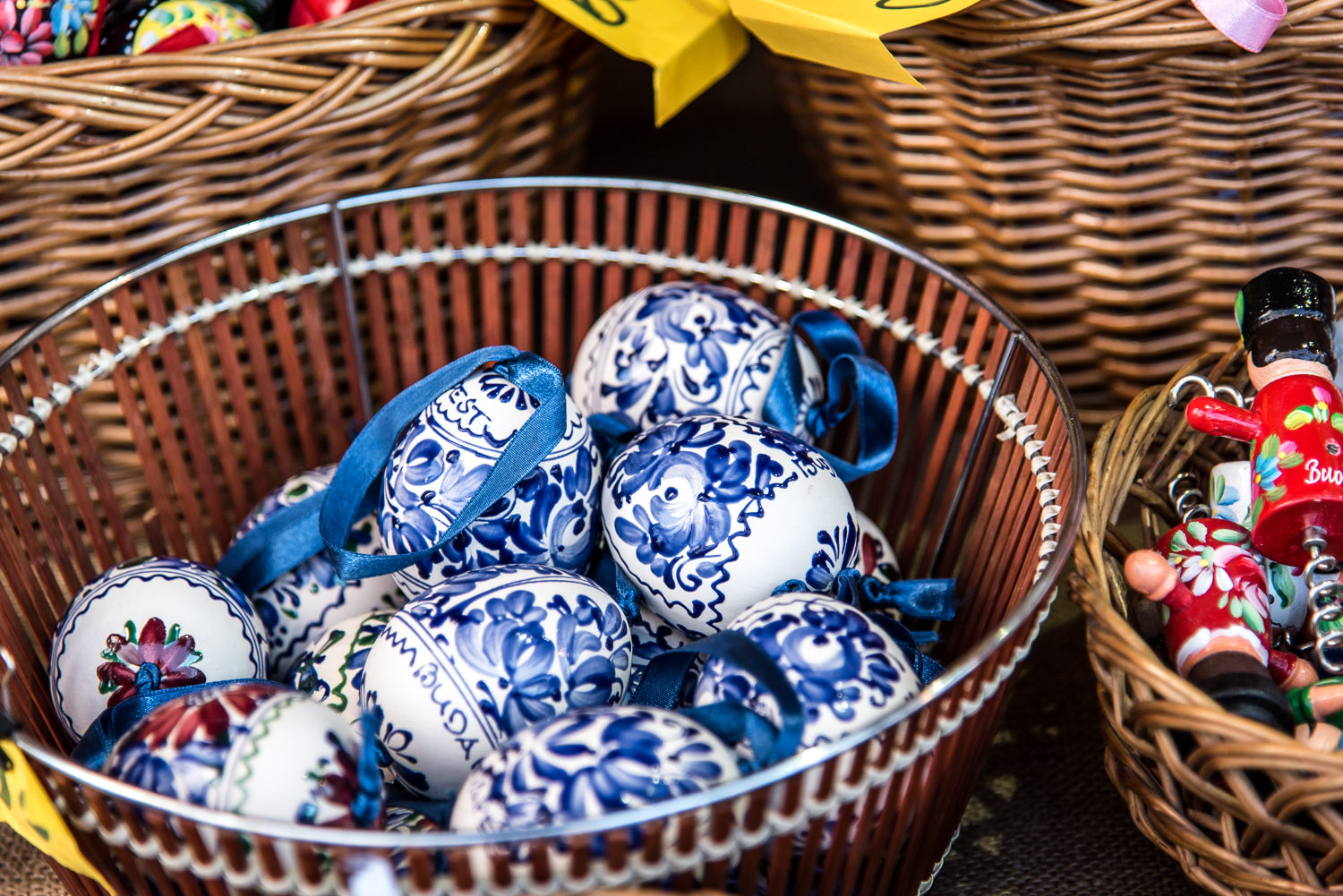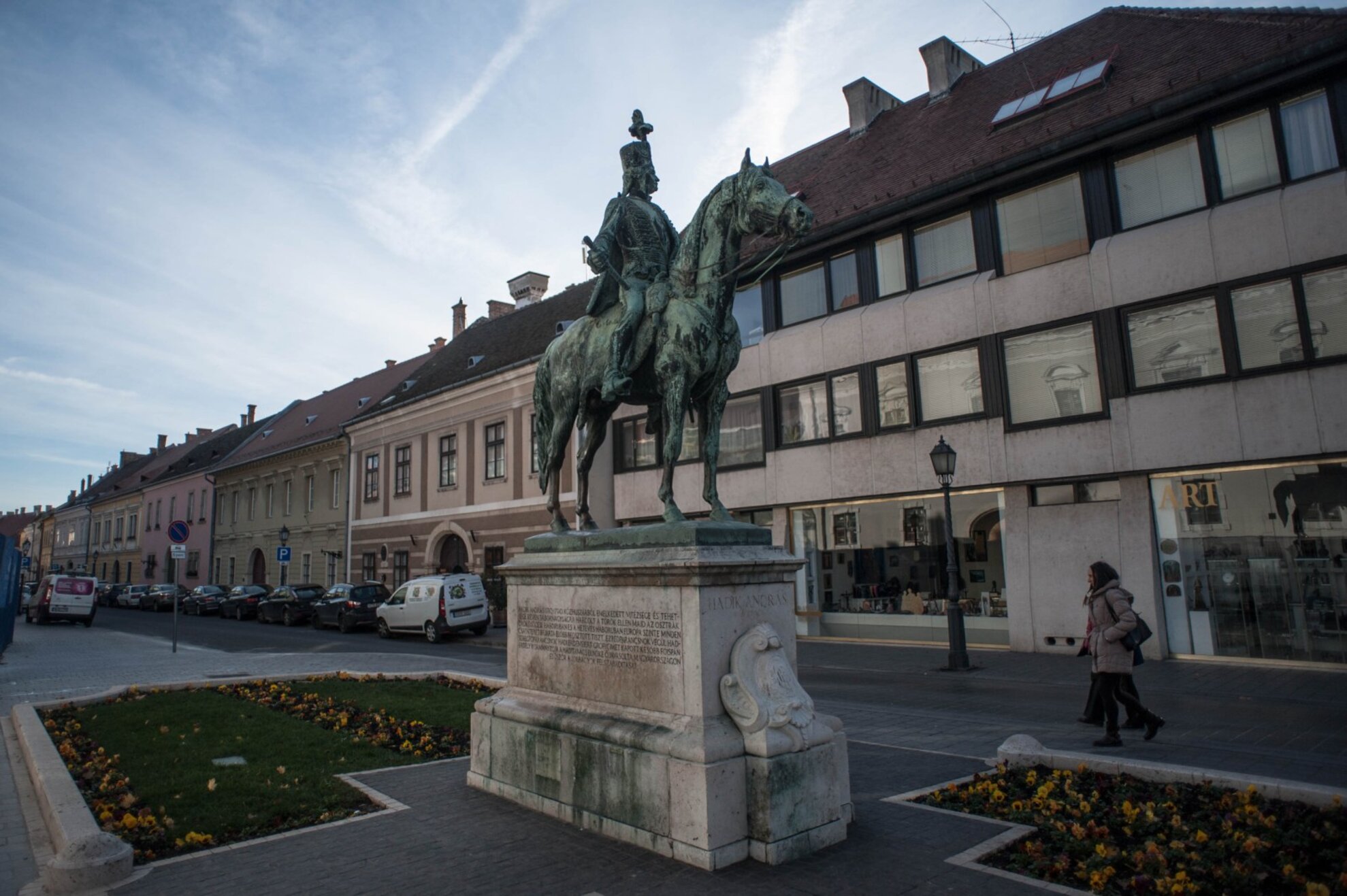
The equestrian statue erected in 1937 portrays Count András Hadik, the Field Marshal of the Habsburg Army famous for capturing Berlin during the Seven Years' War, under the rule of Maria Theresa. In October 1757, the Hungarian general unexpectedly swung his army of 4,500 hussars around the Prussians, riding at night and hiding during the day for almost a whole week. For taking Berlin, he was promoted to the rank of Field Marshal and awarded the Großkreuz of the Maria Theresa Order.
Since rubbing the crown jewels of Hadik’s horse is said to bring good luck – especially for desperate students of the Budapest University of Technology and Economics during exams – the bronze balls shine polished under the stallion’s belly.
Little is known about him – he is most famous for his work Gesta Hungarorum ("The Deeds of the Hungarians"), the first extant Hungarian chronicle, which provides the most detailed history of the arrival of the Hungarians to the Carpathian Basin. The two-meter-tall statue standing in the inner courtyard of Vajdahunyad Castle was made by Miklós Ligeti. Originally, the statue was to portray Hungarian poet Miklós Zrínyi, but the figure’s sitting position and lack of facial features didn’t please the jury. However, by the time the newer version with an uncovered face was completed, the first one had become a great success – so the hood stayed on and instead, the name was changed from Zrínyi to Anonymous.
The statues has been bringing good luck and/or inspiration to tourists, fortune hunters and frustrated writers since 1902 – all they have to do is touch his pen.
Adorning a small fountain, the statue that once bathed in the spotlight depicts Abigél, the main character of a Hungarian young adult novel of the same name, written by Magda Szabó in 1970. Abigél tells the story of a teenage girl who attends a Calvinist girls’ school in eastern Hungary during World War II. The novel's success soon resulted in a four-part TV adaptation, in which this very statue was also featured.
According to the story, a miraculous statue standing in the school courtyard grants the wishes of those who write them on paper and place them into its pitcher.
This elevated statue composition depicts the king hunting in the Buda Hills with his escorts and dogs, leaning over a small fountain. Behind the idyllic scene, however, hides a tragic story that Hungarian poet Mihály Vörösmarty described in his ballad Szép Ilonka. The female figure on the right is Ilonka, who fell in love with a handsome young man while taking a stroll in the woods. However, when she discovered that he’s the king and they cannot be together, she fell ill and wilted away. The statues are the work of Alajos Stróbl, who even went as far as recreating the royal hunt with his students.
